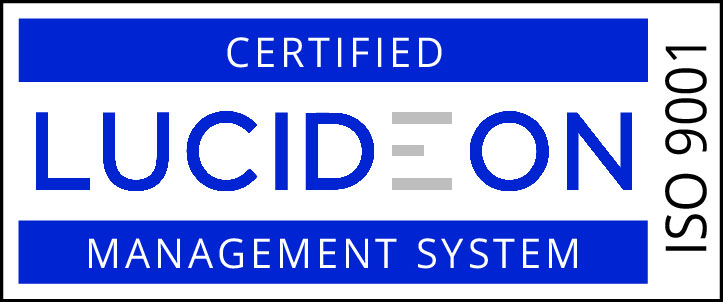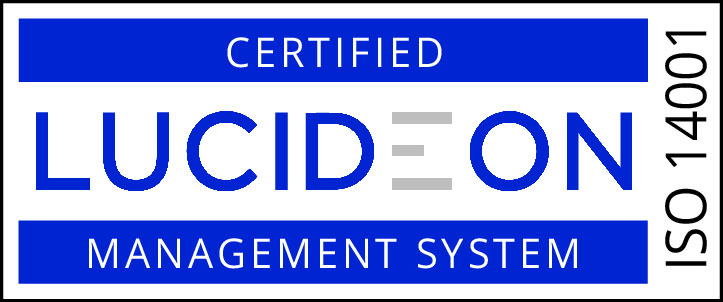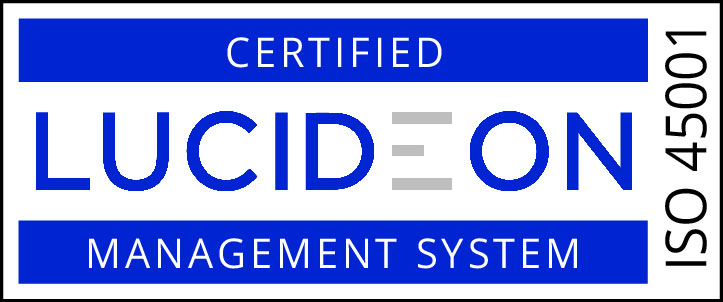Introduction
Evidence has been presented by a member of British Precast that imported precast concrete from a Dutch supplier contains Cathode Ray Tube (CRT) glass waste utilised as an aggregate in the manufacture of the precast units. CRTs are classed as hazardous waste due to the metals they contain, this briefing note is intended to alert importers of precast products that CRTs are not an acceptable source of glass aggregate as is defined within the current drafts of EN 12620 Aggregates for Concrete. Additionally, there is currently no Quality Protocol of which we are aware which can be used to identify that this type of glass has achieved ‘end of waste’ and has therefore been removed from the waste classification and the legal requirements of the waste regulations.
The hazardous components of CRTs
CRTs contain two types of glass – barium/strontium glass and leaded glass that are welded together with a lead frit (a mixture of silica and fluxes). Other components of the CRT include electron gun, metal mask and deflector coil. The inside of the glass screen is coated with a mixture of phosphors and a CRT is usually housed in a plastic casing.
The high levels of lead oxide in the funnel section of CRTs, and the barium/strontium oxides present in the screen section therefore restrict options for re-use. An R&D report was drafted in March 2004, written by the Industry Council for Electronic Equipment Recycling, considering a draft Quality Protocol to be titled “Materials recovery from waste cathode ray tubes”.
Within this report the use of CRT for construction uses was considered in panel glass in bricks and tiles and as a flux in brick and ceramic manufacture, both involving a high temperature firing/melting process. The possible use of CRT glass waste in concrete was not included in the scope of this report.
The UK Quality Protocol for producing Aggregates from Inert Waste
The current Quality Protocol (QP) was subject to an extensive review process by the UK QP Technical Advisory Group (TAG), was thereafter submitted to Brussels to ensure that it did not create any barriers to trade within the EU, and was finally published in October 2013.
Within Appendix C of the QP which is titled: ‘Wastes considered to be inert waste for the purpose of this Quality Protocol and to be acceptable for the production of recycled 2 aggregates’ there is a sub-table which excludes glass (waste code 19 12 05) when it includes glass from cathode ray tubes. Other types of glass can achieve end of waste as an aggregate.
Wastes from mechanical treatment of waste not otherwise specified (for example sorting, crushing, compacting, palletising).
| Types and restrictions | Waste Code |
| Glass Does not include glass from cathode ray tubes. | 19 12 05 |
| Mineral (for example sand, stones)Must not contain contaminated concrete, bricks, tiles, sand, stone or gypsum from recovered plasterboard | 19 12 09 |
The specific exclusion of glass from CRTs was added due to the Environment Agency’s concern that without this statement, the QP could be used as a conduit for disposing of this type of potentially hazardous glass waste.
MPA action
As a result of the major industry concern over the practice of including potentially hazardous CRT waste in imported precast concrete units, the matter is being taken up at the appropriate level in the Environment Agency with the request to initiate an investigation into this unacceptable practice which contravenes both UK and EU regulations.
For further information contact:
John Bradshaw-Bullock, Technical Adviser to the Aggregates, Asphalt and Slag Product Groups: John.Bradshaw-Bullock@mineralproducts.org











